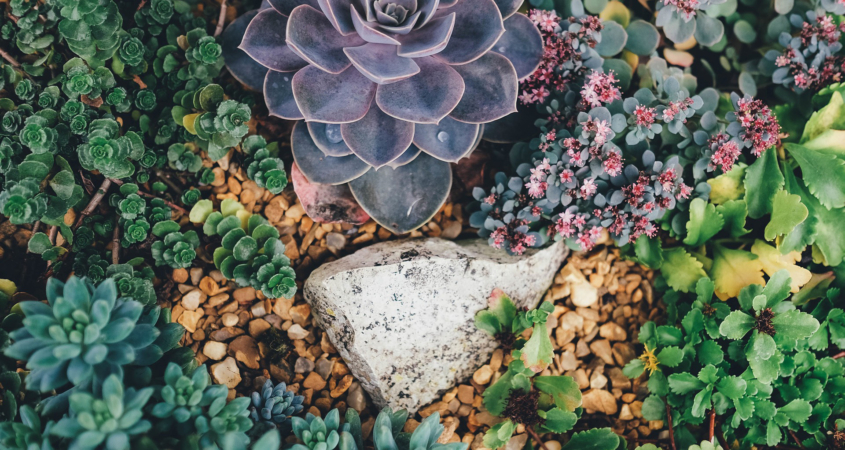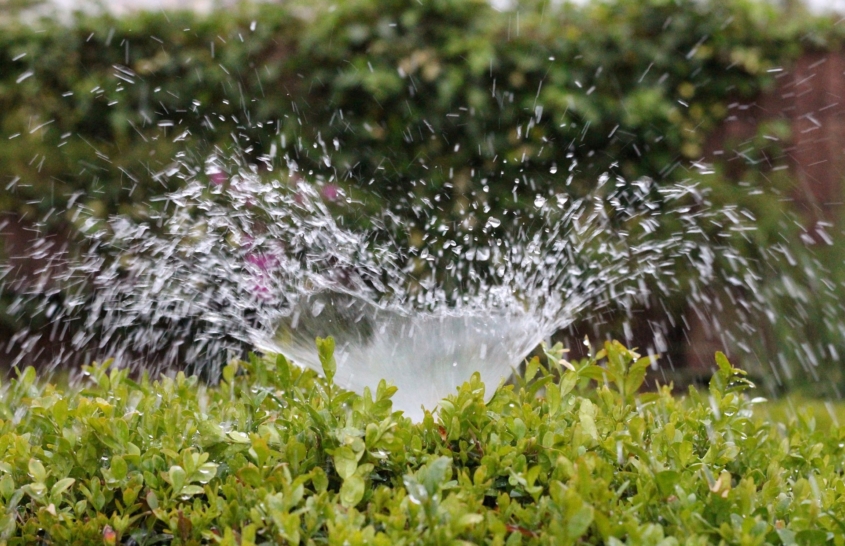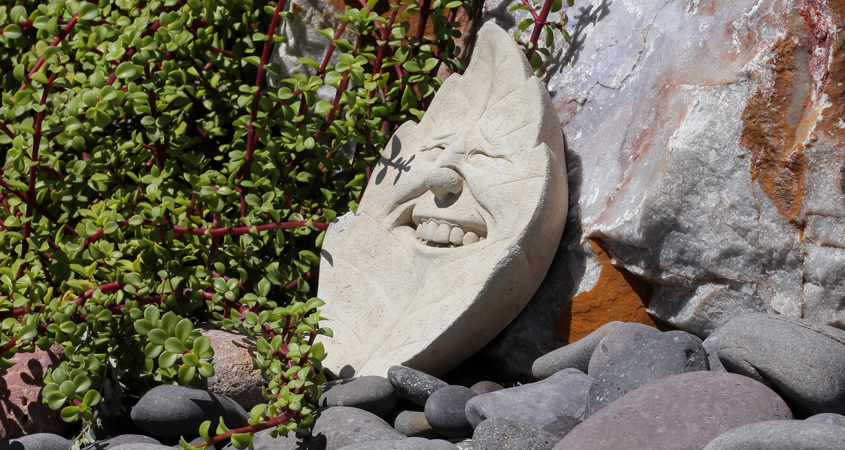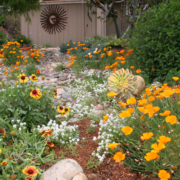It takes time to learn about the concepts behind the watershed approach to creating a healthy and sustainable landscape. Once you have these concepts mastered, the most important step of all comes next. Consider the goals you want to achieve in your garden for landscaping success.
It might be difficult to know where to start. Many people accept an ocean of green but thirsty lawn and never give much thought to landscaping goals. Consider one of these worthy objectives.
Waving goodbye to grass

Most native Southern California plants do well in hotter temperatures, so summer plant care is easy with a little planning. Photo: Annie Spratt/Pixabay
- Removing a thirsty lawn without using any chemicals, in a way that preserves the healthy soil microbes
- Planting local California native plants that will attract birds, butterflies, and bees for pollination
- Creating a child or pet-friendly garden without thorns or sticky grass seed heads
- Planting fruit trees, edible vines, and shrubs, or vegetable gardens
Using irrigation efficiently

Well designed and operated irrigation systems can reliably deliver the water your landscaping needs without waste or excess. Photo: AxxLC/Pixabay
Building healthy living soil that will act like a sponge, even if it rains a lot
Capturing all the rainwater from the roof and re-routing downspouts to fill rain barrels instead of running onto hardscaping
Converting spray irrigation to micro or drip irrigation, with the intention of turning it off after establishing your waterwise landscaping
Making pathways and driveways more permeable
Making your landscaping an art project

San Marcos resident Jeff Moore’s landscape makeover including artistic touches won recognition in the 2018 Landscape Makeover Contest. Photo: San Diego County Water Authority
Making room for a small patio with room for an outdoor table or seating
Adding pathways, Zen gardens, and interesting materials and patterns
Integrating beautiful objects such as an art piece, interesting container collection, or items like sundials
One goal we can all support: creating a beautiful sustainable landscape that reduces your water use by 70 percent or more. We can all agree on this definition of landscaping success no matter your individual goals.
This article is part of a year-long series inspired by the 71-page Sustainable Landscapes Program guidebook. The Water Authority and its partners also offer other great resources for landscaping upgrades, including free WaterSmart classes at WaterSmartSD.org.







